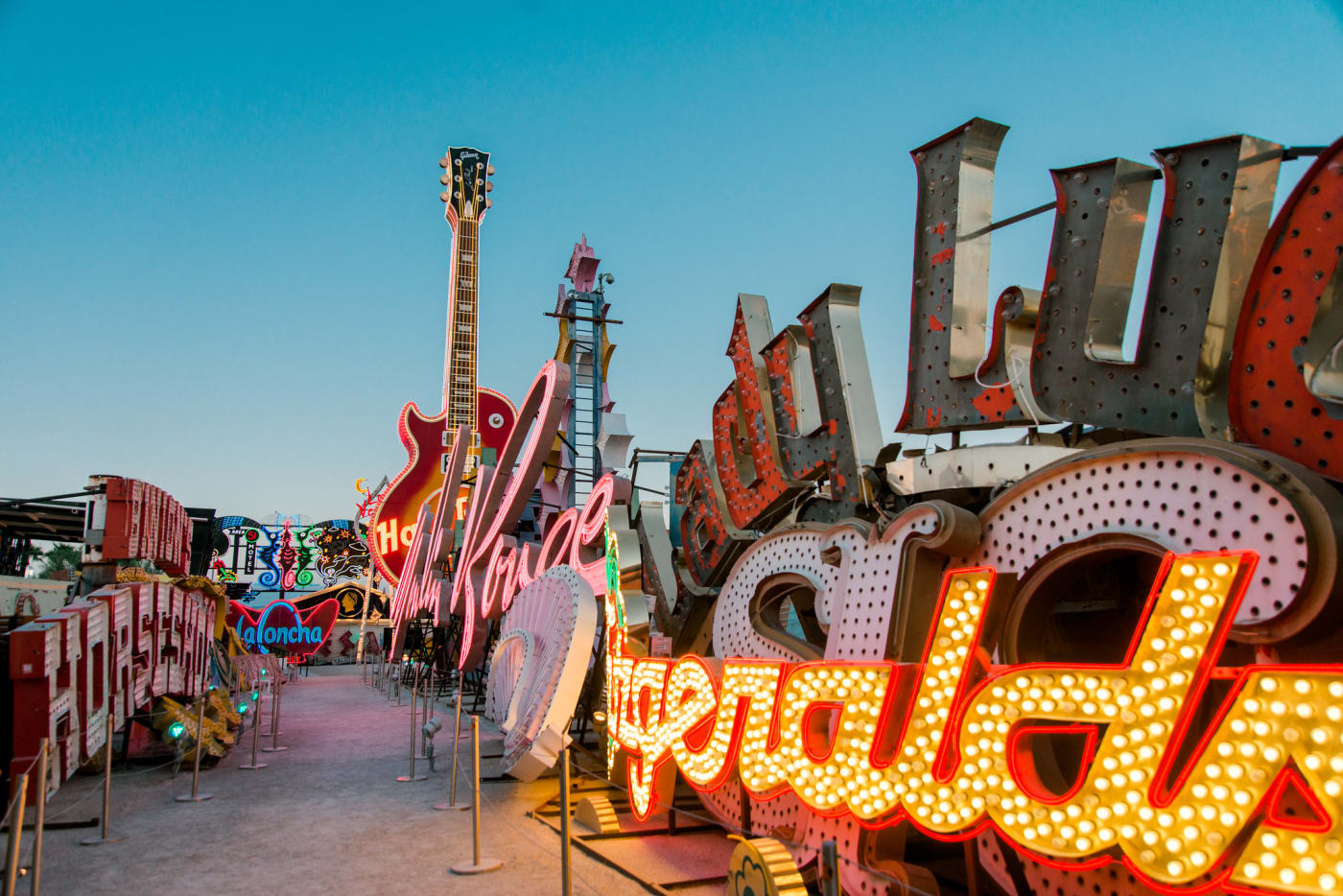
The Fabric of Innovation
Every year, the Cirque du Soleil costume workshop uses more than 30 miles of fabric from around the world to create both costumes and sets. About 80% of this fabric is treated and dyed in-house by Cirque du Soleil’s textile design team using various techniques such as bath-dying, silk-screening, and direct hand painting.
Cirque du Soleil has been on the cutting edge of innovation in costume design, drawing inspiration from an intersectional array of fields, including techniques used in the fields of plumbing, aviation, and even dentistry. Some Cirque du Soleil costumes even incorporate mechanical components.
Cirque du Soleil’s costume workshop is fully equipped with state-of-the-art technologies such as digital printing onto blank fabric, in addition to the more traditional techniques such as embellishments, painting, and embroidery.
The Cirque du Soleil approach to costume design starts with conceptualization and collaboration, before moving on to script analysis and team collaboration, then design and creation, and finally costume management.
Costume designers begin to get their idea for a production’s costumes based on the script. From there, they collaborate with the director, production designer, and sometimes even the performers, to align their vision with the overall aesthetic of the production.
After conceptualization, costume designers begin the research process, which will inform the sketching process, in which ideas will be translated onto paper; these sketches are detailed, showcasing different angles and often including fabric swatches.
Upon the designs being approved by the production team, the designs are finalized and materials and fabrics are sourced and a costume is fabricated.
Finally, the process of fitting is completed with the performers’ ability to move without restriction a high priority. Once this is complete, the costumes are regularly cleaned and repaired, and safely stored.
Jack Ricks, Costume Specialist, on trial-and-error in the costume design process:
“There are many, many costumes [that come to mind], but one in particular was a costume we had in Zumanity that had gold chains. The chain is made of thin gold elastic. It’s all made by hand. It’s about an inch of elastic that’s cut and hand-glued together to literally make the chain. It was used in a water environment and every night it would break. Each day, I’d have people on the staff [repeatedly] re-gluing it. It took a while to work that out, and it seems like something simple, but when you’re hand-gluing chain links back together every day, it’s a lot, it’s a lot on the staff. Over time, we changed the thickness of the elastic, and changed the type of glue and the technique, and overall, it finally got to the point where it was pretty stable. Some of it would break, [and it] was ten minutes of repair, but that was really a development.”
On new techniques in Cirque du Soleil productions:
“With each new show, especially the legacy shows, we [see improvement] in the techniques. They have more sublimation techniques now, they have simplified more things now, they can do 3D printing to recreate things in a different way – it’s very far from the tent show where everything was just made by craftsmen and handmade in that way.”




